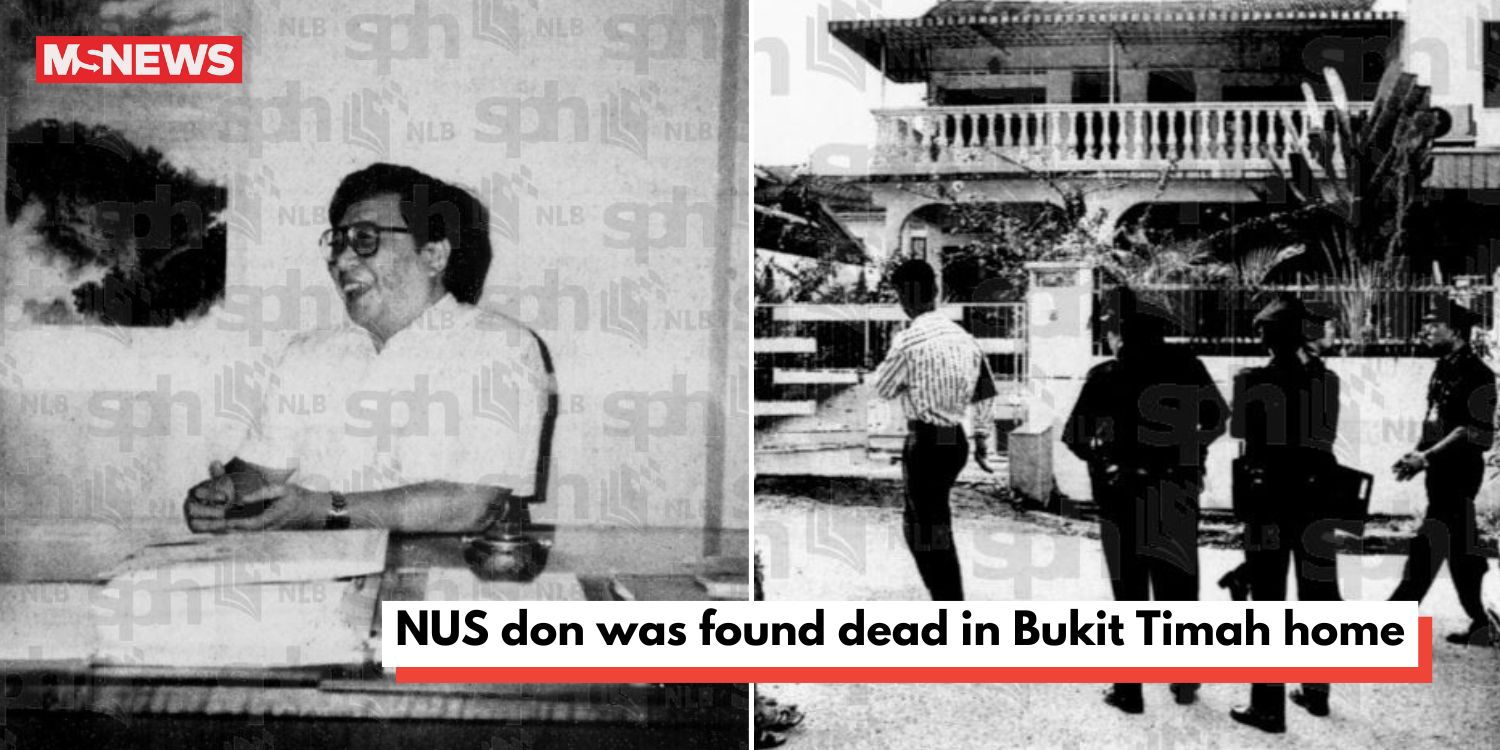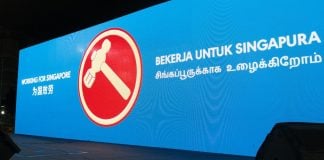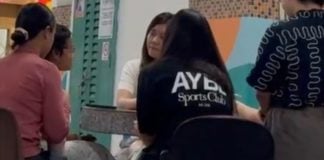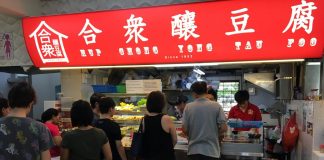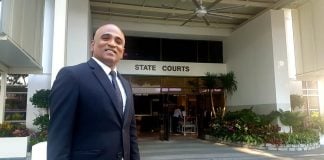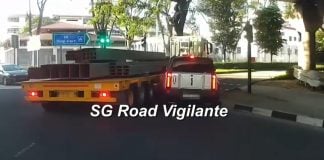The NUS professor & the 13-year hunt for his killers
On 14 Dec 1993, police officers entered the house of Lee Kok Cheong, a professor at the National University of Singapore (NUS).
Earlier that day, a police report had been filed after a newspaper vendor noticed that the previous day’s papers had not been collected. The house’s lights had also been left on for two days.
He then told a neighbour’s maid about his suspicions that something had happened.
When the police arrived at the house at Greenleaf Place near Holland Road, they found the gate and sliding glass door open.
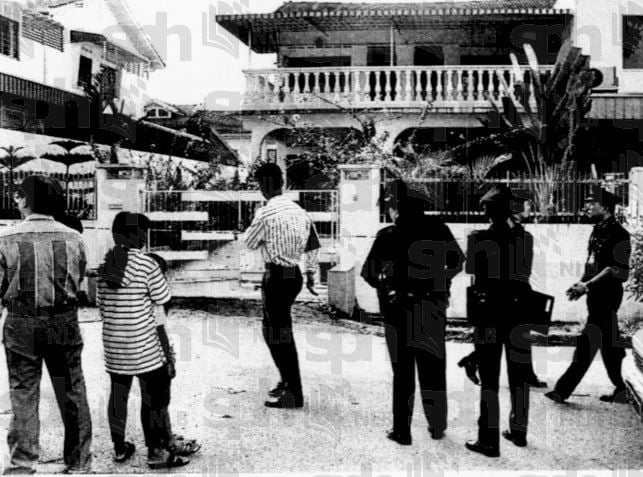
Source: Shin Min Daily News on NewspaperSG
Officers found yong tau foo and chicken curry inside of Lee’s kitchen, alongside three drinks on the coffee table.
Entering the ransacked master bedroom on the second floor, the police then discovered 54-year-old Lee lying dead on the floor.
His arms and legs were bound and a pillow had been placed over his face.

Source: The New Paper on NewspaperSG
Following an autopsy, a pathologist identified the cause of death as strangulation from an electrical cord. He had died one or two days before the discovery of his corpse.
Lee also suffered bruising on his face and a stab wound to his neck, which the doctor did not find acutely fatal. The wound was linked to a bent knife found underneath the deceased’s body.
NUS professor was a bachelor who lived alone
Lee Kok Cheong was an NUS associate professor and the Head of the English Proficiency Unit.
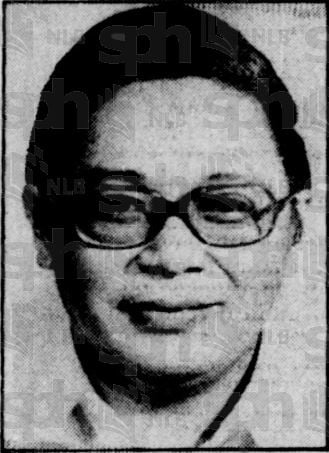
Source: The Straits Times on NewspaperSG
A student praised him as amiable, kind, and popular with the NUS students. He even threw a Christmas party for his students in 1991 despite his busy schedule.
His family and friends expressed great sorrow at the shocking news of his death.
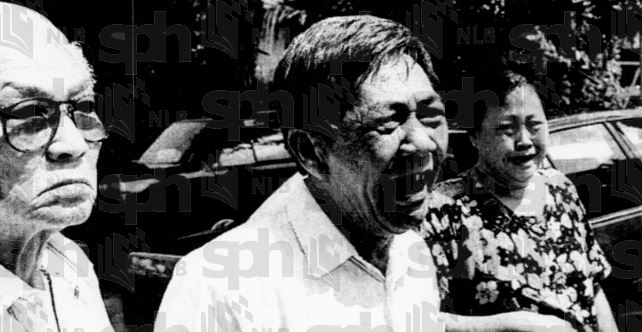
Source: Shin Min Daily News on NewspaperSG
The NUS don never married and lived alone in his semi-detached house, where he collected various antiques.
As his house had been ransacked, some suspected robbery to have been a motivation for the culprits.
The deceased’s brother, Lee Kok Fatt, had gone to his house at 10am on 12 Dec 1993. Lee Kok Fatt claimed that his brother said he was expecting “two friends” later that evening.
Coupled with the lack of forced entry, police believed that the victim let his killers in willingly as guests.
Police release photos of the 3 suspects
During investigations, the police discovered that the suspects stole a wallet, S$1,200 in cash, and Lee’s ATM card.
The latter item would prove crucial, as the card had been used for several NETS transactions on 13 Dec 1993 at Parkway Parade Shopping Centre.
The suspects purchased clothes, jewellery, shoes, and other items.
A sales assistant at one of the shops identified the purchasers as three ethnically Chinese men, who she assumed to be Malaysian based on their speech.
On 28 April 1994, police released the photos of these three suspects and appealed for information from members of the public.
Part of an episode of ‘Crimewatch’, a Singaporean television programme, also re-enacted the discovery of Lee’s body. The show televised the suspects’ photos and their general descriptions.
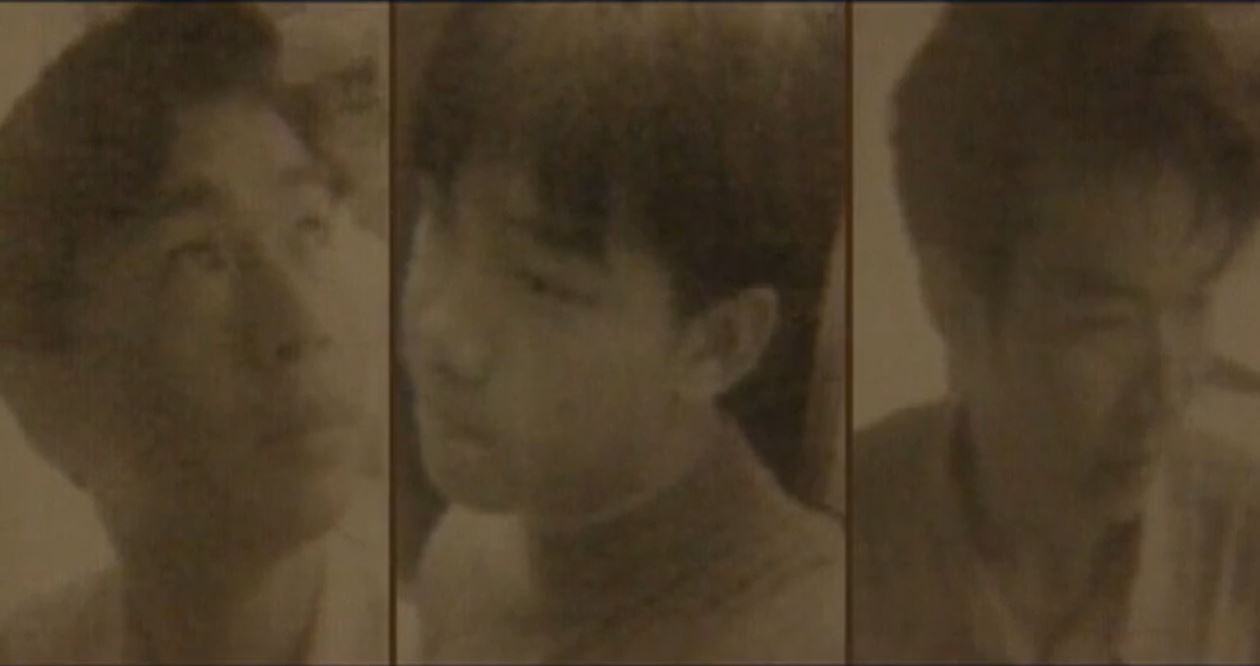
Source: Crimewatch
These photos had been obtained from the camera of an ATM where Lee’s card was used.
Mystery tip-off leads police to 1st suspect years later
Despite their efforts, the police came no closer to catching the suspects and the trail seemed to go cold.
But two years after Lee’s death, the police received an anonymous tip about a Malaysian man named ‘Nelson’.
He had worked as a waiter in a lounge and disappeared after the murder of the NUS professor.
Two more years of investigations established ‘Nelson’s’ identity as Too Yin Sheong. Too lived in Johor Bahru (JB) but his parents were Singapore Permanent Residents (PRs).
The suspect stayed out of Singapore for three years after the incident but had recently visited the country again for his brother’s funeral. Too was not apprehended at the time.
However, he was swiftly arrested at Woodlands Checkpoint the next time he returned to Singapore on 23 Dec 1997.
“The public really helped us solve the case,” said the detective in charge of the investigation.
”If not for them, we would probably still be cracking our heads over the case.”
2nd suspect in NUS professor murder pleads guilty to robbery
Months later, Malaysian police arrested the second suspect, Ng Chek Siong, in JB on 20 May 1998. He was charged in Singapore for the murder of the NUS professor two days later.
In court, Ng pleaded guilty to a reduced charge of robbery.
The 27-year-old had acted as a driver for Too and the third suspect, ‘Kim Beh’ (‘Golden Horse’), on 12 Dec 1993.
Ng, nicknamed ‘Koo Nerng’ (‘Tortoise Egg’) by his partners in crime, dropped them off near Professor Lee’s house for the planned robbery and picked them up afterwards.
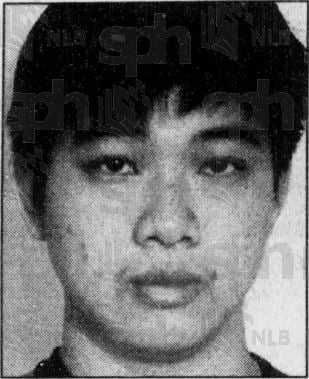
Source: The Straits Times on NewspaperSG
The trio then used the stolen ATM card between 12 to 14 Dec to withdraw S$3,400 in cash and purchase S$3,900 of items through NETS.
Ng claimed that Too and ‘Kim Beh’ did not tell him about the NUS professor’s murder during the robbery.
Due to this, Ng continued travelling across the border for his job until the release of the suspects’ photos in April 1994.
After seeing this, he did not set foot in Singapore again until after his arrest years later.
The judge convicted Ng of one count of robbery, two counts of theft from an ATM, and five counts of cheating through the NETS purchases.
In total, he was sentenced to eight years’ jail and 10 strokes of the cane on 14 Aug 1998.
Suspect met victim at Dover coffeeshop
Just three days later, Too Yin Sheong went on trial for murder.

Source: Lianhe Zaobao on NewspaperSG
Too said he previously met Lee at the coffeeshop at Block 25 Dover Crescent, near where the professor used to reside.
On one occasion, two to three months prior to the murder, Lee went over to his table and introduced himself to Too in hopes of befriending him.

Source: The New Paper on NewspaperSG
Lee gave the 26-year-old his Greenleaf Place address and phone number, and over the next few meetings in Dover, invited Too to visit his house.
Around three weeks later, Too called Lee to chat and accepted an invitation to the latter’s house, going over that evening.
Too mentioned that Lee had showed him his collection of antiques before moving to sit “very close” to him.
He then alleged that the deceased touched his body and thighs.
Uneasy with the realisation that Lee was homosexual, Too made an excuse and left 30 minutes later.
Murder suspects used knife to rob NUS professor in his home
Two to three weeks later, 26-year-old Too met Ng and ‘Kim Beh’ at a coffeeshop in Joo Chiat.
During this meeting, he informed them of his visit to Lee’s house and said Lee was likely rich due to his antique collection.
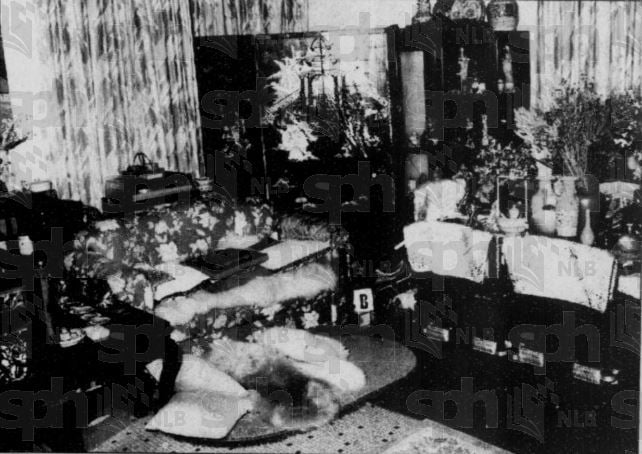
Source: The Straits Times on NewspaperSG
A month after that, Too claimed that ‘Kim Beh’ suggested robbing Lee. He thus called the professor on the phone and asked to introduce a friend to him. When Lee accepted, Ng drove them over.
Lee invited Too and ‘Kim Beh’ into his home, served them drinks, and then showed them around. While the deceased chatted with Too, ‘Kim Beh’ allegedly proceeded to the kitchen to grab a knife.
‘Kim Beh’ then took over talking to Lee after returning, giving Too time to grab a knife as well.
At this point, Too claimed to be unsure of what his partner in crime wanted him to do, leading to the latter brandishing the knife at a shocked Lee.
Lee led them up to the master bedroom, where they tied him up. Ransacking the room yielded Lee’s wallet for the robbers, containing cash and cards, as well as a piece of paper with his ATM card’s PIN.
They also stole some jewellery but did not find much else in two other rooms.
Too blames unarrested accomplice for murder of NUS professor
Before they left, Too claimed ‘Kim Beh’ stabbed Lee with his knife. As it was bent, it did not cause a lethal wound.
‘Kim Beh’ then allegedly left, found a cord, and returned to violently strangle him with it, causing the victim to froth at the mouth.
The defendant said Lee writhed on the ground afterwards but became still after ‘Kim Beh’ struck him on the head with an object.
Too claimed that he only watched from outside the room as the homicide happened, too scared and confused to intervene.
He said ‘Kim Beh’ committed the murder out of fear that the NUS professor could have recognised them afterwards.
Too Yin Sheong: coward or killer?
After a search downstairs yielded nothing, they left in Ng’s car and returned to Joo Chiat. There, ‘Kim Beh’ handed him the stolen ATM card and told him to make a withdrawal at a nearby machine.
Recalling that ATMs had cameras, he insisted that his two accomplices follow him along, resulting in all three suspects having their faces photographed.
Too said they withdrew the maximum amount of S$2,000 daily for the next three days to make purchases, along with using the same maximum amount for NETS purchases on 13 Dec.
He did not contest his numerous charges of theft or cheating in court but insisted that he was merely a frightened bystander to the murderous actions of ‘Kim Beh’, who remained at large.
Too’s lawyer even argued that his client could be considered a coward who wanted to disassociate himself from the killing. However, he was not a murderer.
Trial judge doubtful of claims of passivity
The High Court trial judge found it believable that ‘Kim Beh’ strangled Lee but doubted Too’s claims of passivity.
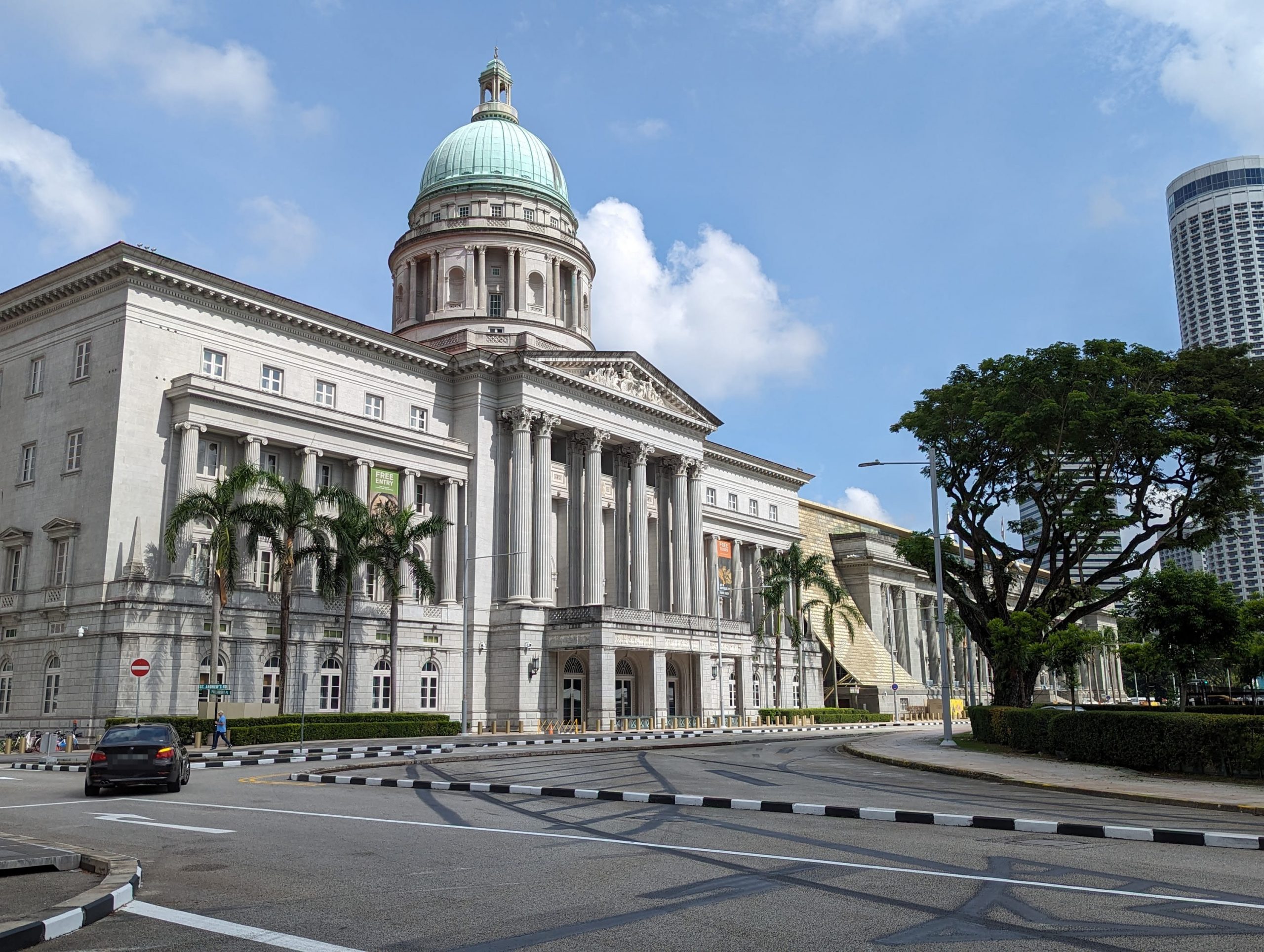
Source: Steffi barth on Google Maps, for illustration purposes only
He pointed out that Too saw his accomplice stab their victim, drop the knife, leave, and return with an electrical cord. He thus would have known ‘Kim Beh’ intended to murder the NUS associate professor.
Instead of intervening or saying anything, he left the room. Too then continued systematically searching the house for valuables, which the judge saw as contradicting his alleged confused state at the time.
The judge also agreed with the prosecution that Too showed no remorse afterwards by using the deceased’s card and money to purchase things until 14 Dec.
He said Too knew that with Lee silenced, the trio would have more time to spend his money before returning to Malaysia.
As such, the judge found Too guilty of murder by passively taking part in it and sentenced him to death on 28 Aug 1998.
After a failed appeal, Too was executed on 30 April 1999.
NUS professor had willing relationships with male students
In light of the court case, newspapers quickly picked up on the revelation that Lee was gay.
“Victim ‘was homosexual’,” read one headline on 19 Aug 1998, in an article about Too’s statement on the robbery and murder.
“Lecturer seduced students, strangers,” reported the Straits Times a day after the verdict.
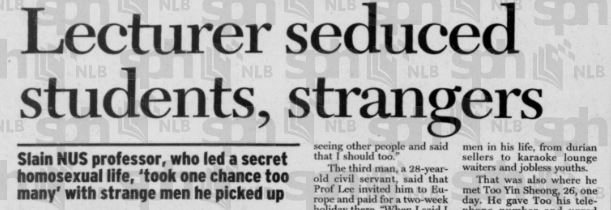
Source: The Straits Times on NewspaperSG
Lee was described as living a secret life, having had relationships with eight undergraduates at NUS amd more outside the campus.
Three interviewed former students all confirmed the relationships were consensual. They were also aware of Professor Lee’s other partners.
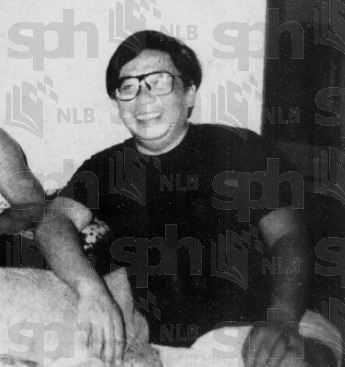
Source: The Straits Times on NewspaperSG
Though Lee dressed plainly, he generously bought designer clothings for his boyfriends, including an S$800 Versace jacket.
Lee even paid all the expenses for a two week holiday to Europe with one of them, estimated at S$10,000.
Final suspect arrested 13 years later
While two suspects had been arrested and sentenced, ‘Kim Beh’ remained at large.
However, nearly 13 years after the murder, the Singapore police identified him as Lee Chez Kee, who was serving jail time in Malaysia.
Malaysian police extradited him to Singapore on 17 Feb 2006, where he faced a murder charge.
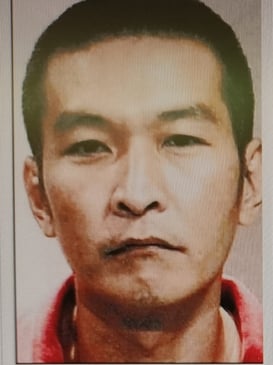
Source: The Straits Times on NewspaperSG
In an unusual situation for such a case, Chez Kee’s two accomplices were not available as witnesses, given Too’s execution.
Ng had also already been released from jail and returned to Malaysia, but could not be found at his registered address.
Nonetheless, the prosecution sought to admit Too’s previous statements as evidence, which the defence argued was hearsay evidence and inadmissible.
Ultimately, the judge allowed their admission as evidence based on a cited statutory exception in the Criminal Procedure Code (CPC).
Suspect blames executed accomplice for murder of NUS professor
In written statements, Chez Kee gave an account that was the reverse of Too’s claims. He portrayed himself as merely a robber and Too as the actual murderer.
The accused said that Too brought Ng and himself to the house to rob a ‘relative’ of his. Chez Kee requested Lee bring him upstairs to view the antiques with the intention to tie him up there.
Meanwhile, Too allegedly went to the kitchen to grab the knife, which he used to confront Lee.
Chez Kee clarified in a second statement that Too had actually passed him the knife, which he used to confront the victim as had been pre-arranged.
He also admitted to punching Lee several times.
They then brought him upstairs where Chez Kee tied Lee’s hands up.
The accused said they searched the bedroom together, recalling Too placing something over the victim’s face, likely the aforementioned pillow.
He then went downstairs to look for valuables. After his search, he called Too downstairs to leave. He claimed Lee was still alive when he last saw him.
Chez Kee then gave a similar account of using Lee’s ATM card to go shopping over the next few days.
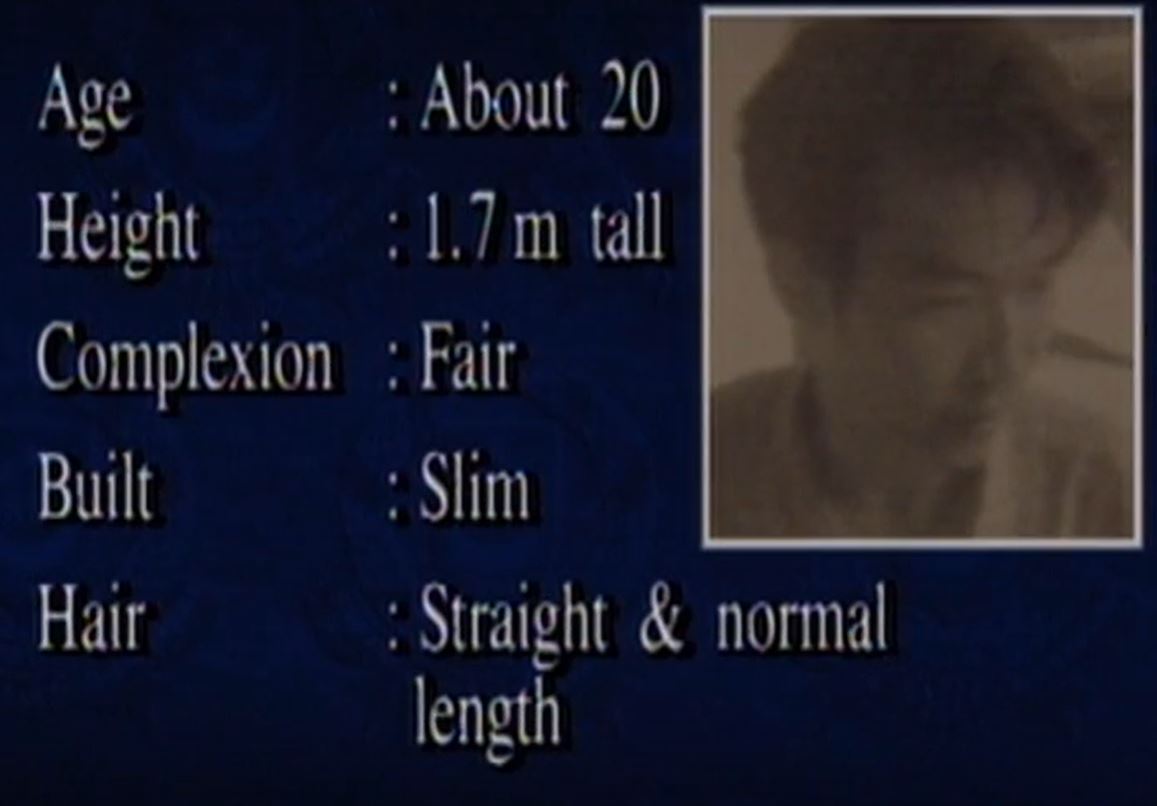
Source: Crimewatch
Contradictions noticed in suspect’s statements
During cross-examination in court, however, the accused gave several intriguing and contradictory claims.
For example, Chez Kee initially alleged that no plan for the robbery was discussed, including about tying the victim up or threatening him with a knife. He conceded after being shown his written statements saying otherwise.
The judge, Justice Tay, noticed several contradictions in Chez Kee’s defence.
He noted that the accused claimed in a written statement to have seen Too covering Lee’s face while searching the bedroom, but at trial said he saw it from a distance while going downstairs.
Additionally, the pathologist who performed the autopsy found that the pillow had been placed over the deceased’s face after he had already been strangled to death.
The judge found Chez Kee’s testimony of seeing this action to be evidence that he was present when Lee died.
Judge finds final suspect guilty of murder of NUS professor
Justice Tay also noted that Chez Kee had the motive to commit the crime, being afraid of getting recognised to the point of quarelling with Too before the robbery.
In Oct 2006, the trial judge found Chez Kee guilty of murder and sentenced him to death.
The defendant appealed the verdict to the Court of Appeal, but failed in a 2-1 decision by the three judges making the ruling on 12 May 2008.
Chez Kee’s death sentence remained with his appeal dismissed.
Though the exact date of his execution if unknown, he is believed to have been hanged sometime in 2009, according to prison statistics.
15 years after Lee Kok Cheong’s murder, all three men involved had finally been brought to justice.
Also read: The mysterious life and death of ‘Sunny Tang’, a man who lived under false identities for decades
The mysterious life and death of ‘Sunny Tang’, a man who lived under false identities for decades
Have news you must share? Get in touch with us via email at news@mustsharenews.com.
Featured image adapted from The Straits Times on NewspaperSG and Shin Min Daily News on NewspaperSG.
